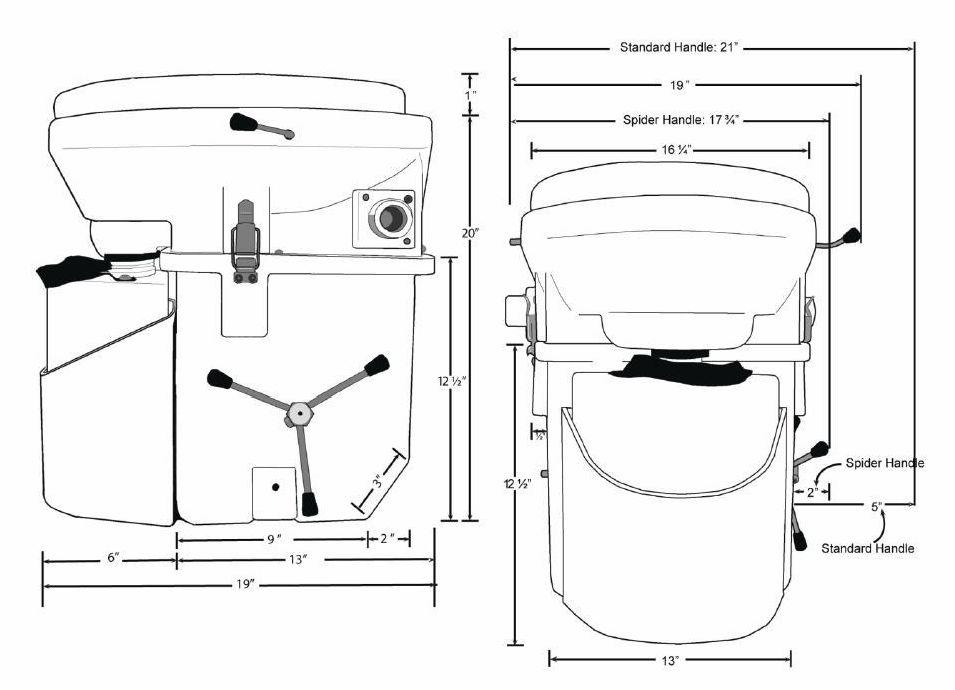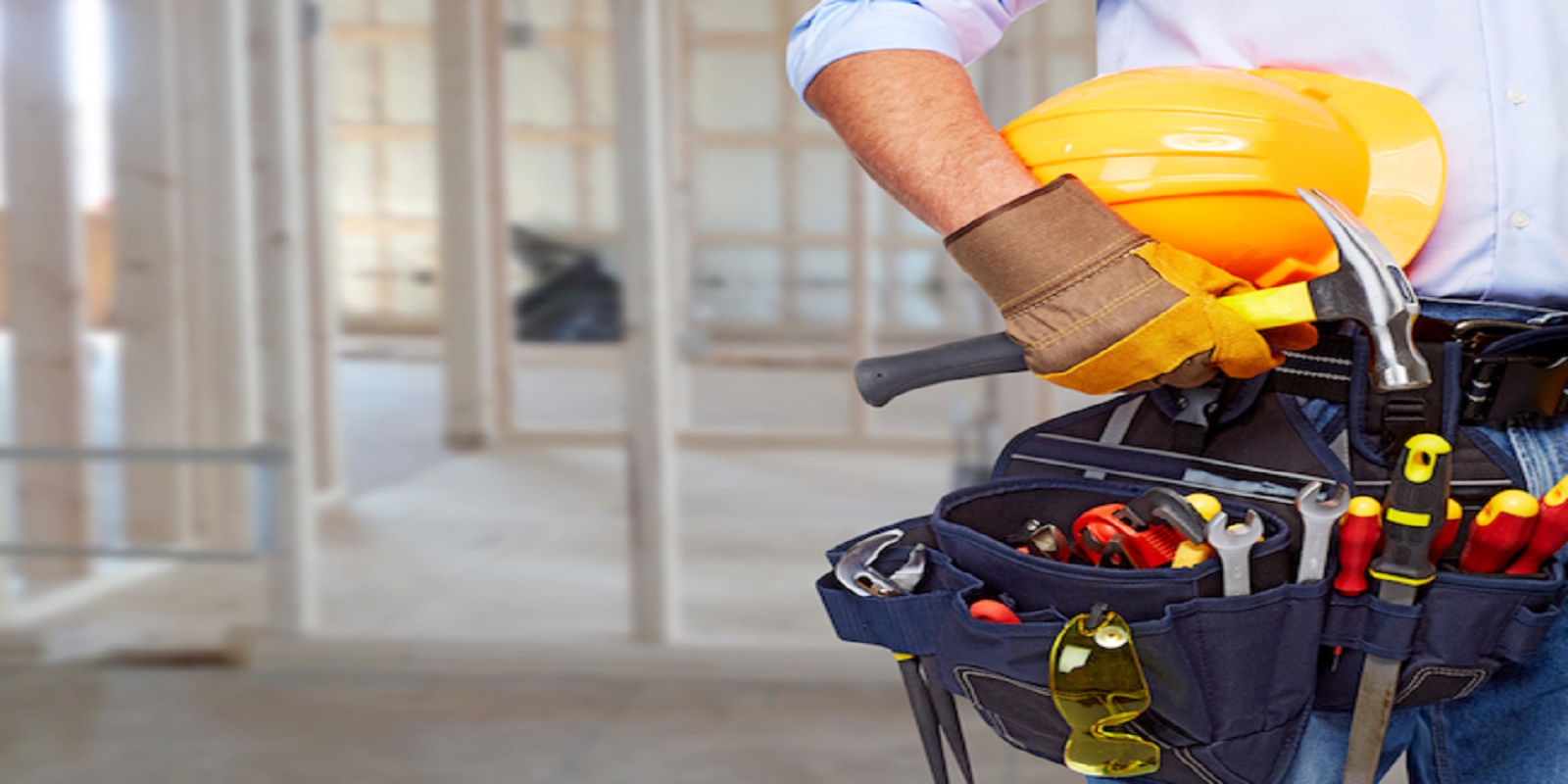What is a self-composting Toilet? - The Pros and Cons of Self-Composting Waterless Toilets

Pros and Cons of Composting Toilets - The Waterless Toilet
What are compost toilets? Do they smell? Are Self-composting toilets better? With all the buzz about the new toilets going around we decided to clear the air give you all the details on this new technology. With climate change growing more serious each year, many people are looking for ways to do their part in protecting the environment. One key way to do that is to switch to a compost toilet.
What is a Compost Toilet?
A compost toilet is a waterless toilet that utilizes natural decomposition and evaporation processes to get rid of human waste. These types of toilets are common at campgrounds and off-grid homes and cabins which don’t have access to running water. Porta-potties are actually composting toilets.

How Does a Composting Toilet Work?
Because 90% of the waste that enters a compost toilet is water, composting toilets use a vent system to return that water back into the atmosphere. Solid waste decomposes naturally and makes for an effective fertilizer. (However, you shouldn’t use human compost to fertilize edible plants.)
This natural decomposition process requires the right environmental conditions to work effectively, eliminate odor, and eradicate harmful bacteria, viruses, and pathogens from the end product. This involves balancing heat, moisture, oxygen and organic waste. Many commercial composting toilets are available for achieving this.
Waste is mixed with other organic material, like sawdust or wood chips. This balances the carbon-nitrogen ratio, which ensures proper decomposition. Heat is naturally generated during the decomposition process, which increases the rate of decomposition and kills harmful bacteria. In the winter months, or in smaller waste collection chambers, a heater may be required.
Compost material must also be aerated to prevent strong odors and facilitate decomposition. This means the compost material must be mixed periodically. Some urine must also also be drained from the toilet, since excess amounts can decrease the overall temperature and dampen the compost. Finally, composting toilets are also ventilated to prevent the smell from spreading and add oxygen to the collection chamber.
There are two types of composting toilets: self-contained and centralized. Both types come in electric and non-electric versions.

Self-Contained Composting Toilets
These toilets are most common in smaller spaces and are the easiest to install. The toilet and the collection chamber of self-composting toilets are all part of a single unit, which is installed in the bathroom. They’re also completely waterless.
Some self-contained composting toilets have a separate chamber for urine, which helps to reduce odor. They’re also easy to clean, since most self-contained units have a bowl liner directly under the seat. Maintaining optimal heat levels is also easier with these units, since heating the bathroom is easier and more cost-effective than heating two rooms.
Centralized Composting Toilets
Centralized units have large, sloped tanks which facilitate waste movement during decomposition. The collection chamber is usually located on the floor beneath the toilet, which can be accessed via an access door near the bottom of the chamber.
Some central units have separate chambers for different types of waste. Others utilize small amounts of water or foam to make waste movement easier. This is particularly useful for units in which the chamber isn’t located directly under the toilet. These units require electricity and water, and more closely resemble a normal toilet.
Pros of Composting Toilets
- Eco-friendly. This is perhaps one of the most common reasons people switch to composting toilets. If you’re looking for a way to reduce your carbon footprint, switching to a compost toilet is a great place to start.
- Cost-effective. Installing a septic system will set you back about $1500. Composting toilets often cost less, and take less time, to install compared to septic systems. Maintaining a composting toilet is also easier.
- Reduces water waste. Do you have any idea how much water -- and clean water at that! -- you flush each year? About 7,665 gallons. A composting toilet not only completely eliminates that, but also returns water back into the environment.
Cons of Composting Toilets
- Smell. You can’t expect a composting toilet to smell like roses. Self-composting toilets have less odor compared to centralized toilets. You can also buy aptly named products like “poo-pourri” to help eliminate the smell.
- Stigma. If you invite guests over to your home, they might be a little, well, weirded out by your toilet. That’s because most people aren’t used to waterless toilets. Try to educate your guests on why you use a composting toilet, and how this green option can help them save some green on their water bills.
- Size. Your waterless toilet will likely be a lot bigger than a normal toilet, since there are several chambers and other components.
Conclusion
The modern toilet system, although commonplace, is outdated and actually works against the environment. Composting toilets, although considered strange by most people, are a better way of recycling waste naturally. Compost can not only recycle water back into the environment, but it can also fertilize plants and drastically reduce environmental impact.





